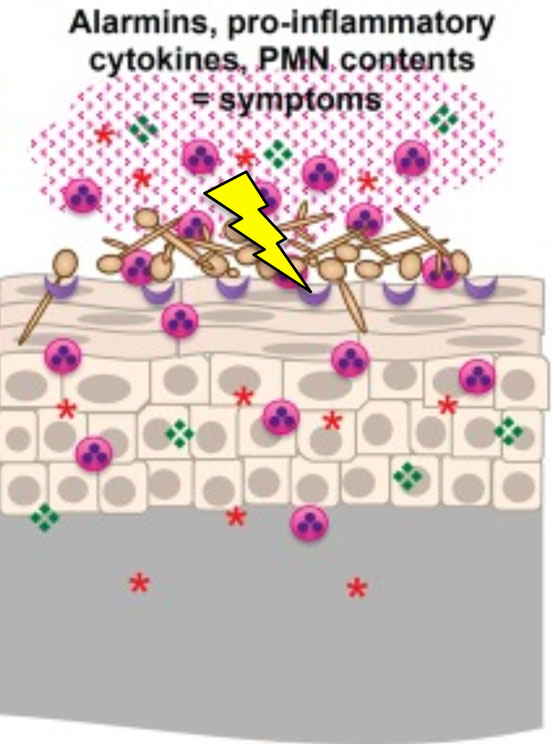
Mechanisms underlying the immunopathogenesis of vulvovaginal candidiasis.
We are interested in delineating the host and fungal factors (including the toxin candidalysin) that drive tissue damage and inflammation at the mucosal surface during vulvovaginal candidiasis caused by the fungal pathogen Candida albicans. We utilize a variety of genetic and immunological approaches to tackle these important questions. 📄
Therapeutic strategies to improve the outcome of fungal infections.
We are using a multi-pronged approach to identify fungal and host targets to reduce fungal burden and/or lessen inflammation during infection. New “dual-target” compounds and passive or active immunization strategies are being employed as potential new treatment modalities. 📄
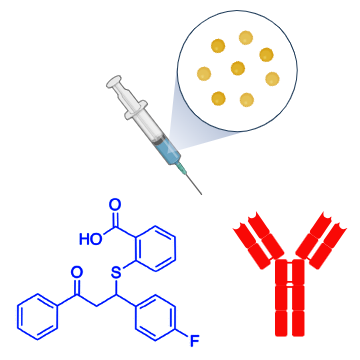
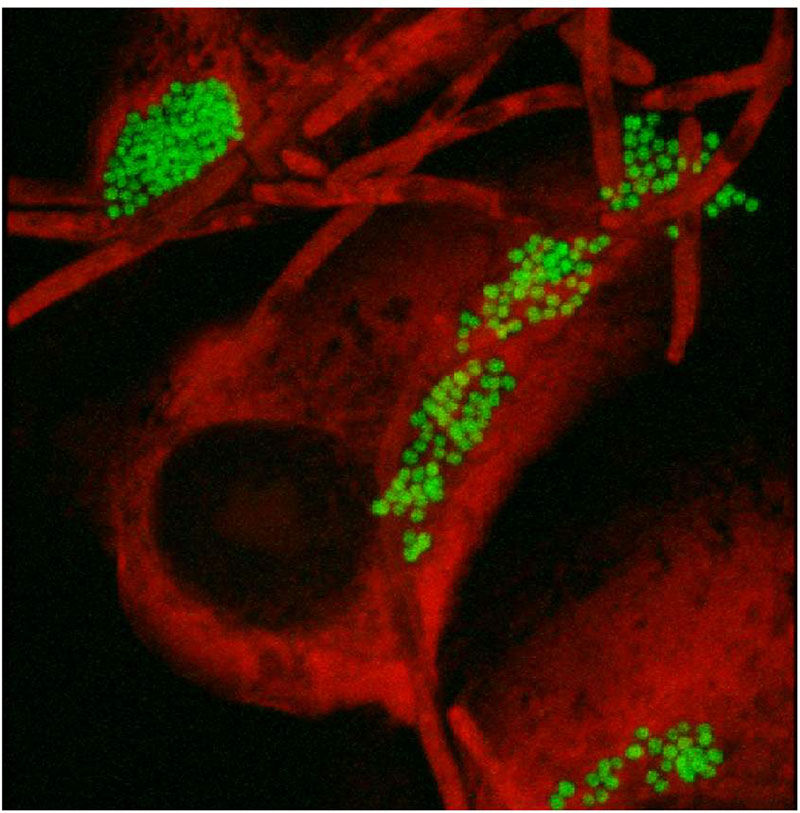
Exploring fungal-bacterial interactions and consequences on virulence during intra-abdominal infection.
Fungi and bacteria coexist within the host as part of complex polymicrobial communities. We use C. albicans and the bacterium Staphylococcus aureus to understand how microbes sense and interact with one another and the environment to drive “infectious synergism”. We are delineating mechanisms associated with metabolism, virulence factor regulation, and pathophysiology. 📄
The glucan-glycogen complex as a novel fungal pathogen-associated molecular pattern.
The complex carbohydrate glycogen is used universally across the tree of life as a compact form of energy storage. With our collaborators, we are probing the regulation and role of covalently linked glucan-glycogen complexes at the fungal cell wall and determining their impact on immune signaling. 📄
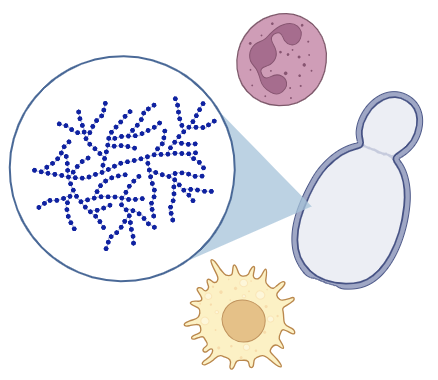
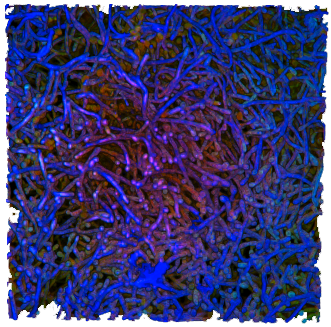
Impact of clinical lipid emulsions on fungal biofilm and pediatric catheter-associated bloodstream infection.
Lipid emulsions are a critical component of parenteral nutrition. We have found that capric acid present in some emulsions impairs C. albicans filamentation and biofilm growth. Therefore, we are interested in uncovering the pathways that govern biofilm repression in lipid emulsions. Along with our team of clinical pharmacists, we analyze clinical data to determine correlations between lipid use and systemic fungal infection in pediatric patients. 📄
Fungal kinase-driven activation of the inflammasome.
Kinases control a variety of signaling cascades and underlie environmental and homeostatic sensing in human pathogenic fungi. Using genetic screens and follow-up virulence studies, we and collaborators seek to identify conserved kinases that underpin virulence and inflammasome-dependent immune responsiveness in Aspergillus fumigatus and C. albicans. 📄
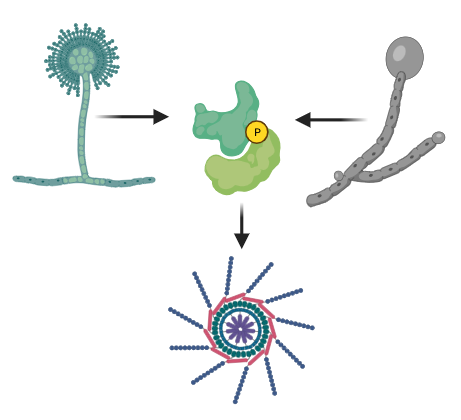
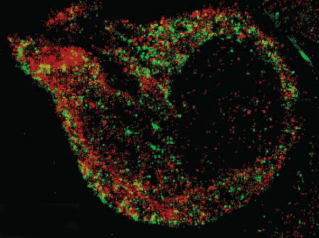
Discovery of new mucosal antimicrobial peptides.
Along with collaborators, we are identifying satiety (and other) peptides that have newly characterized roles as antimicrobial moieties to control fungal growth and filamentation in the gut and beyond. 📄